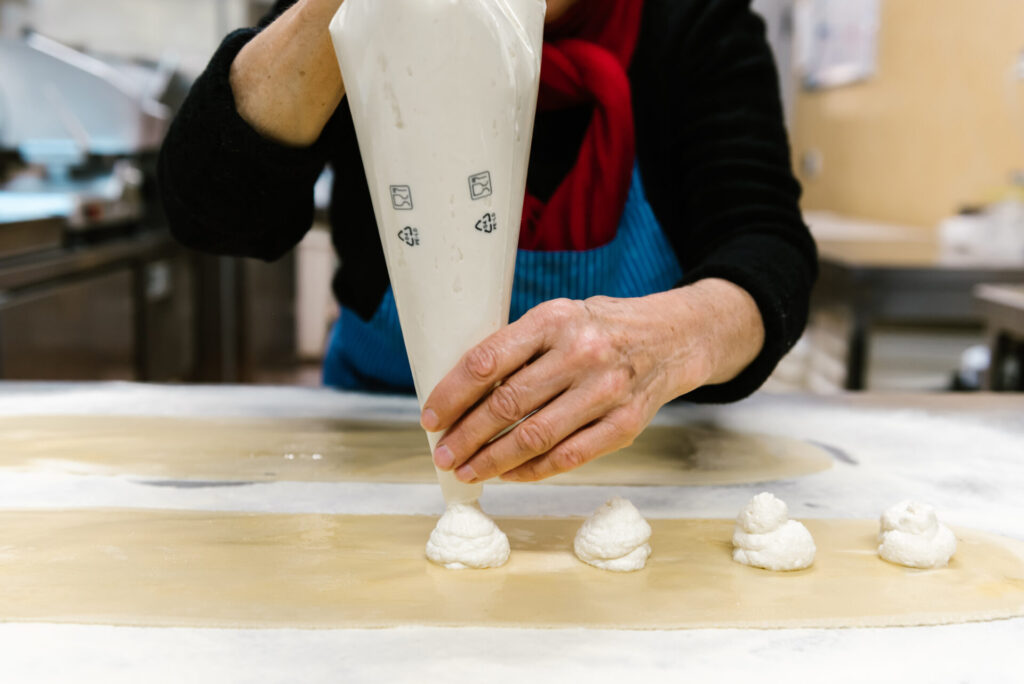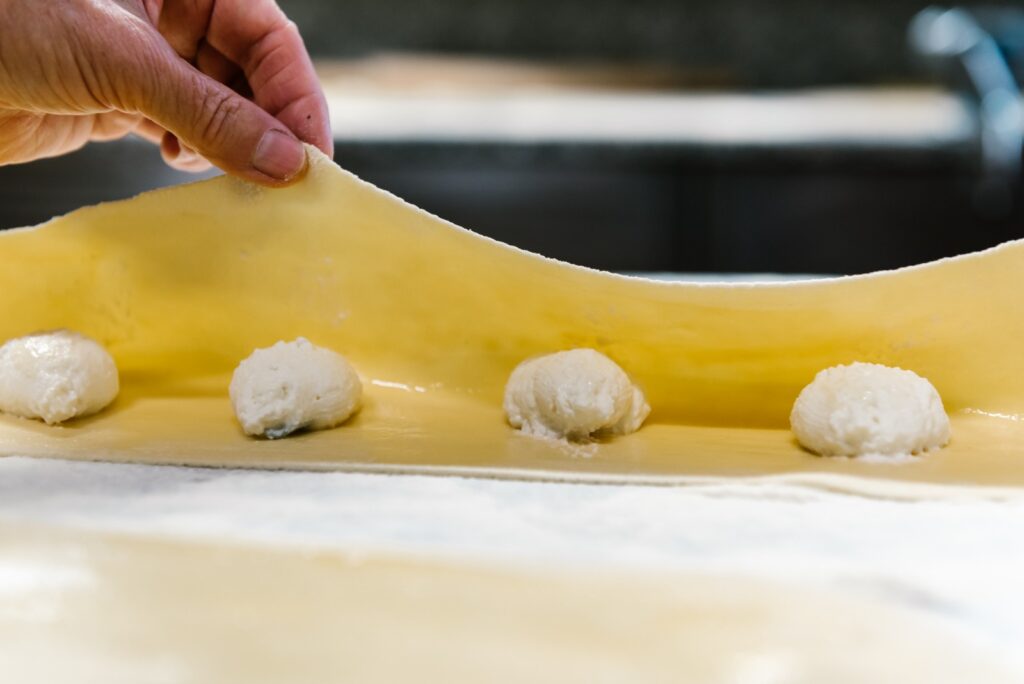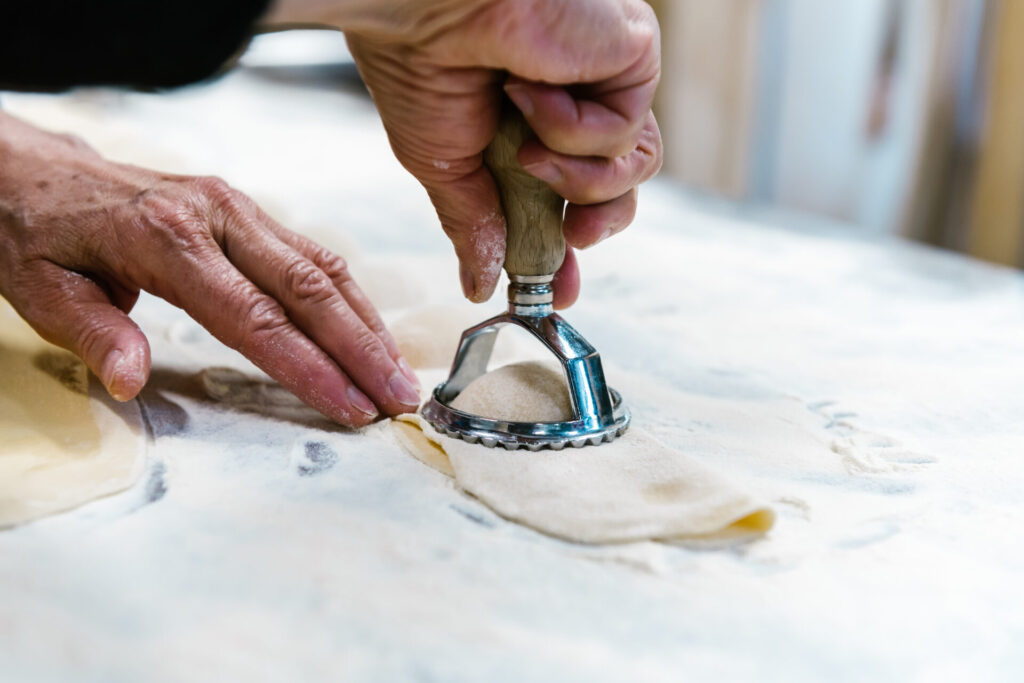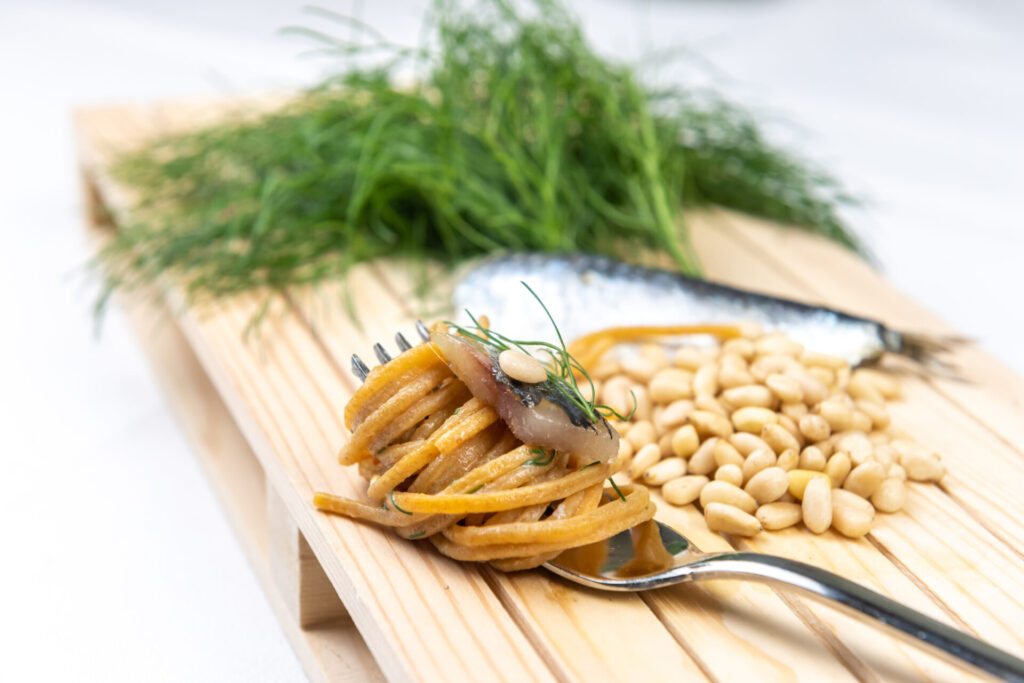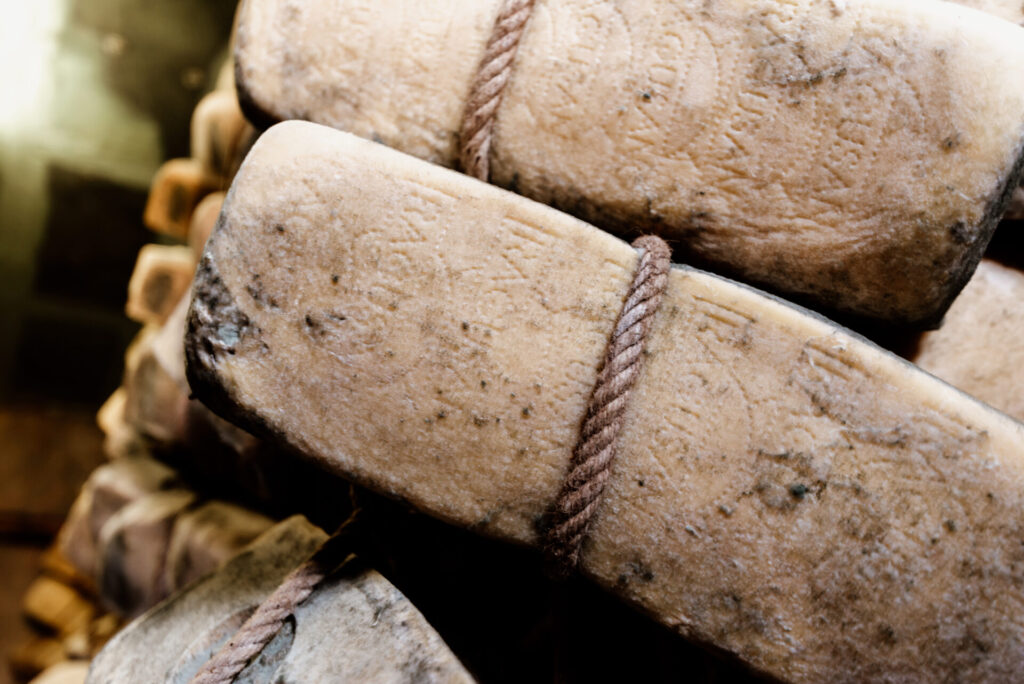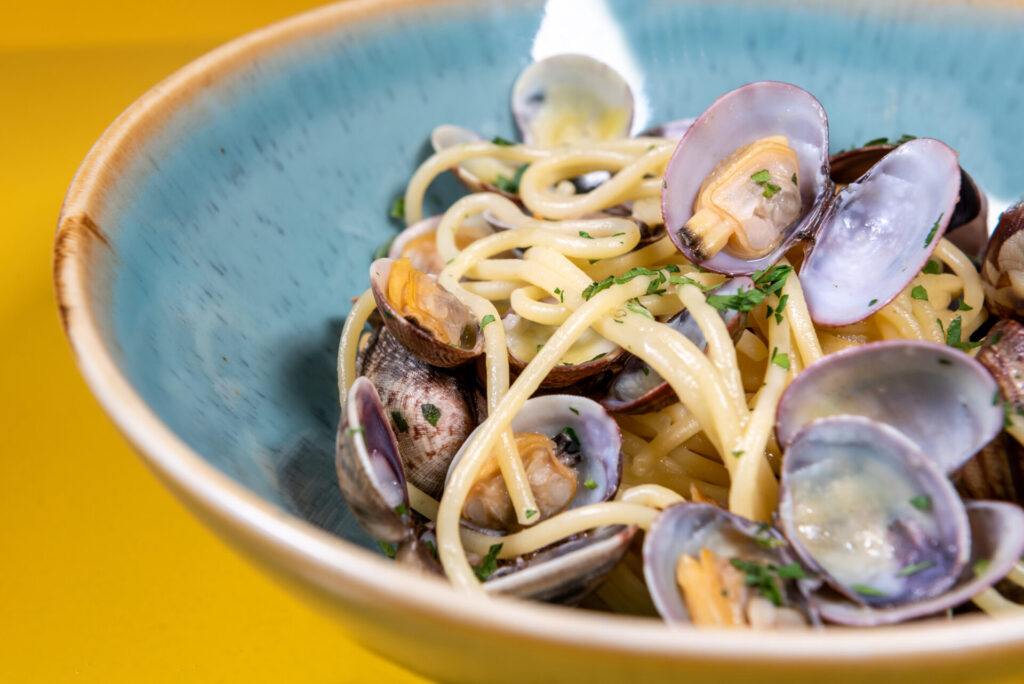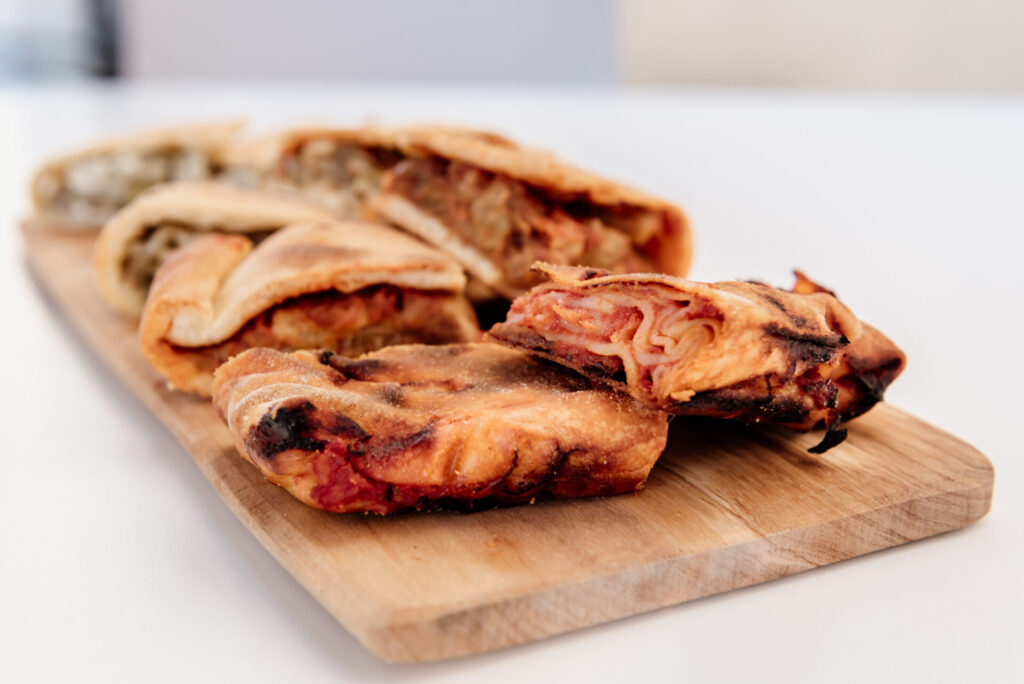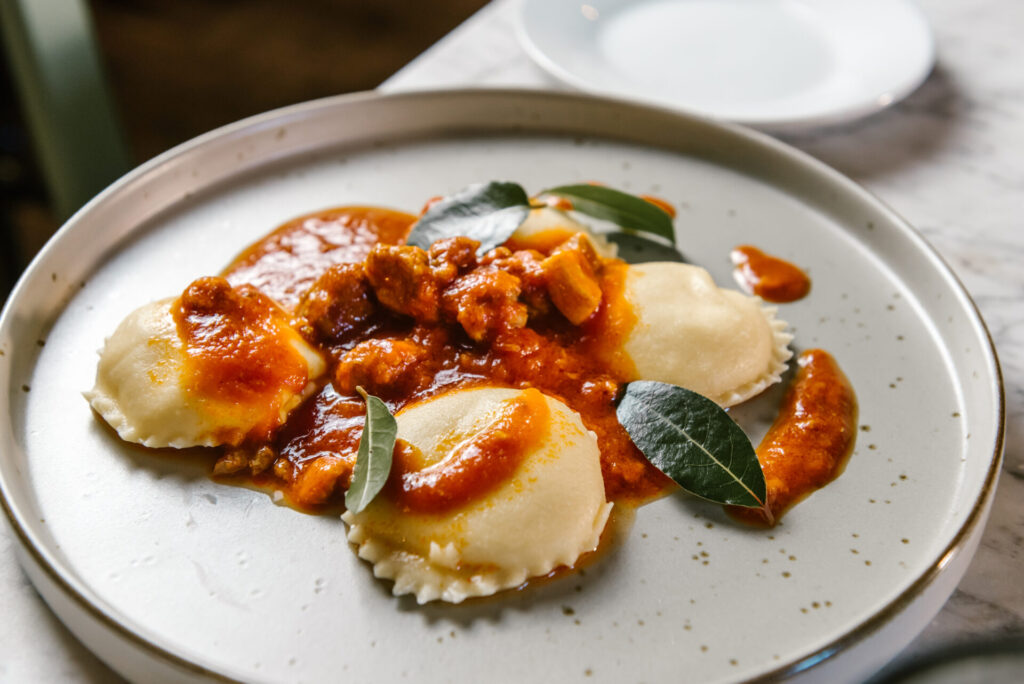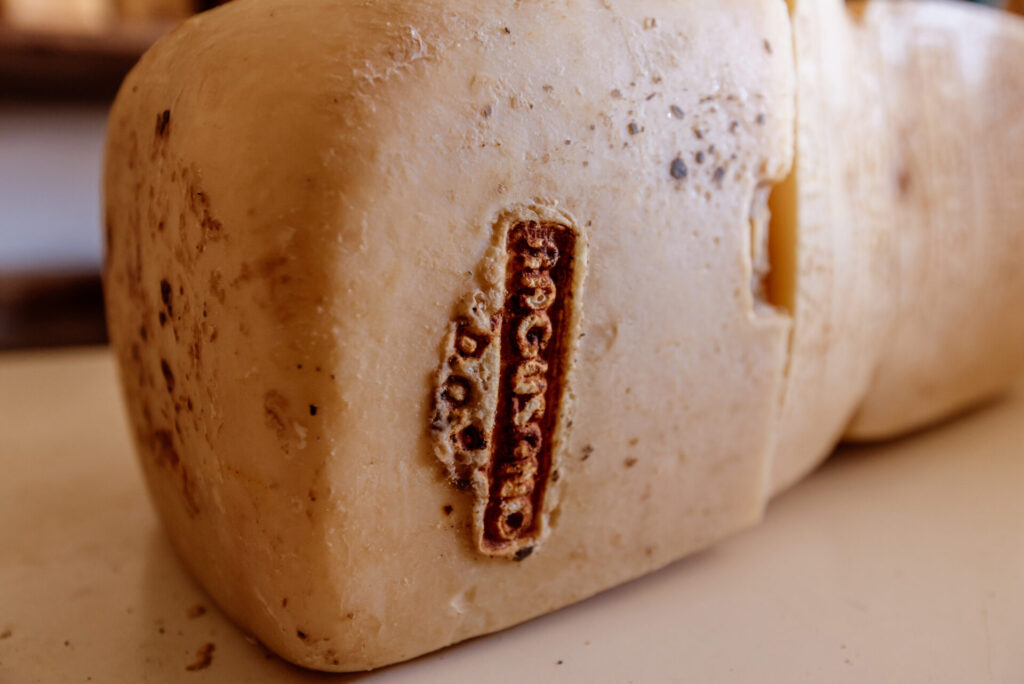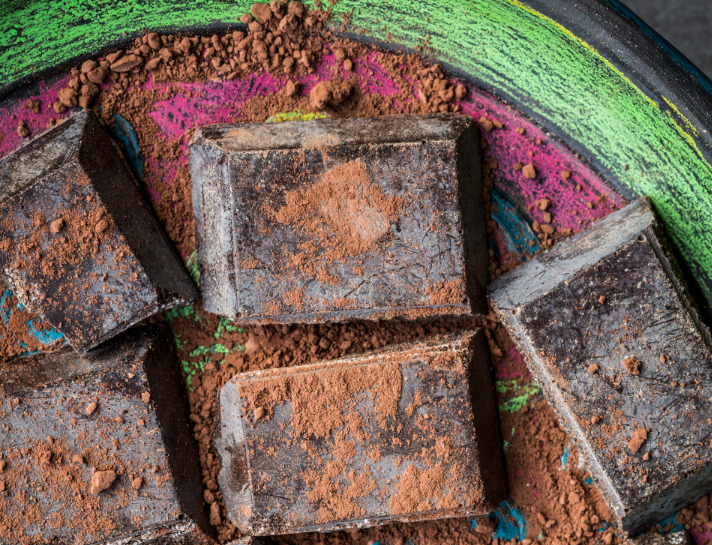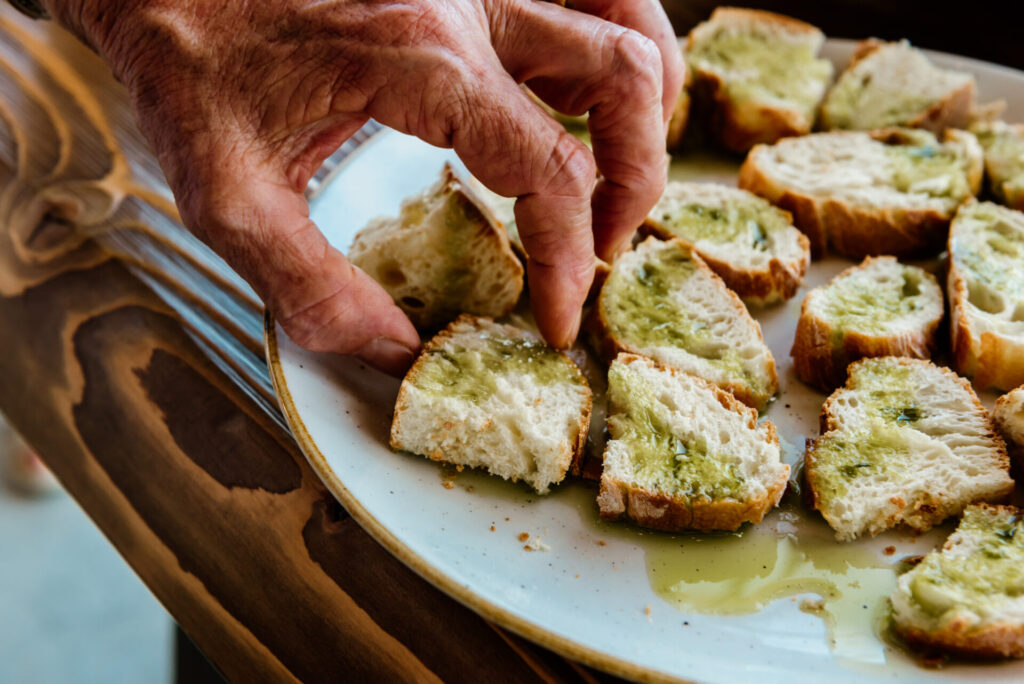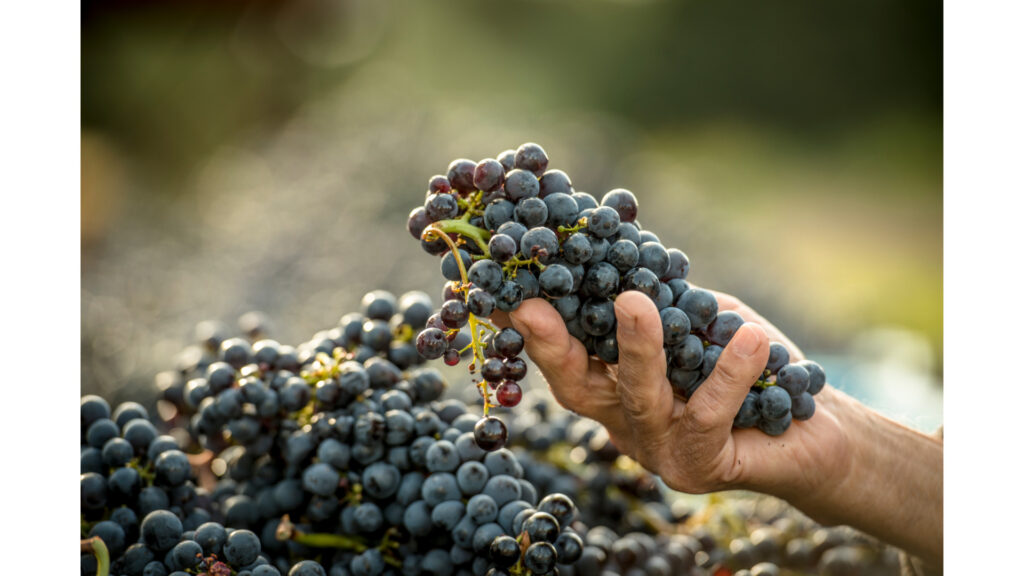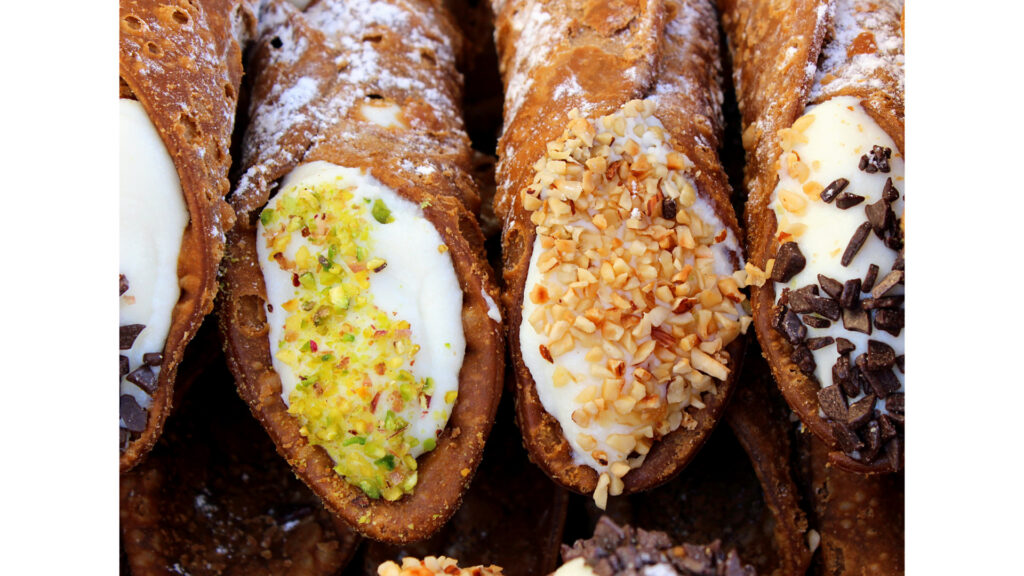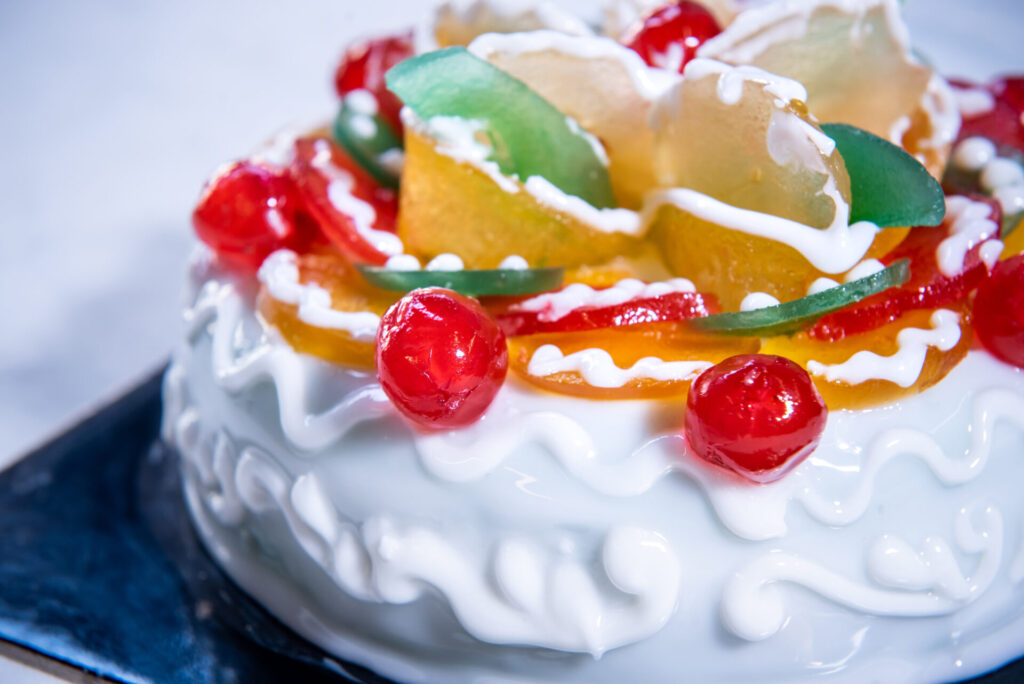There is a deep connection between food and the history and traditions of our territories, an unmistakable range of tastes, flavors and scents, and an incredible variety of different dishes and recipes that are unmatched. An evocative itinerary between art and culture, archaeological parks and delightful historic centers, nature and unspoiled landscapes, in which wine and typical products are the narrative voice of this territory rich in history, myths and traditions.
Modica IGP chocolate, carob and thyme honey, “Ragusano DOP”, “provola iblea”, Cerasuolo di Vittoria DOCG, “carota novella di Ispica” (IGP), Monti Iblei DOP oil, Pachino IGP tomato, the sweet bean of Scicli, the fava cottoia of Modica, the sesame of Ispica are just some of the many specialties that will enrich with taste an almost unique offer, able to bind food, culture and environment in an inseparable mix.
All that remains is to be transported into a multisensory experience. It starts with pasta, the kind prepared at home for Sunday lunches in deference to traditions, such as ‘ngallini, meat-filled ravioli and ricotta ravioli in two variations: the first with a ricotta and sugar filling and the second with ricotta and marjoram, both topped with a pork sauce, the principissedda with San Giuseppe sauce in Santa Croce Camerina, a pasta seasoned with tomato sauce, cloves, cinnamon and bay leaves, but also the cavati, large ridged gnocchi always seasoned with a meat sauce.
Prominent among the cheeses is “Ragusano D.O.P.,” a cow’s milk caciocavallo cheese of ancient tradition. It appears, in fact, that its production began around 1400. And again excellent ricottas, tasty fresh and seasoned“provole iblee,” cow’s milk tomini and pecorino cheese in different maturities, and ending on a high note with mozzarella and buffalo milk ricotta.
Among the sweets, in the front row are cookies, the mucatoli stuffed with dried fruits of various kinds, or the affucaparrini, the “strangula preti,” hard cookies first boiled and then repassed in the oven, or the more peculiar impanatigghi of Modica made with short pastry filled with cocoa, minced veal, sugar, cinnamon and almonds.
But this is an area of ricotta, so thestuffed cannoli and cassatas are not to be missed . And in summer the ever-present ranita ‘i mennula, the almond granita with the briosche con il tuppo.
Notforgetting fruit cakes such as tangerine cake and the renowned Modica IGP chocolate, ciucculatta muricana, in local dialect. Unlike the “common” varieties of chocolate, Modican chocolate is cold-processed, that is, it does not undergo conching. Caracca, or the cocoa bean mixture, is heated up to 40°C (104°F). The temperature, which is very low, causes a grainy texture to be created when the sugar is added, as the sugar does not melt into the cocoa butter, but remains stable.
Moving toward the coasts is the cuisine of the seaside villages, where time seems to stand still, where you can taste the tasty risottos with fish or the traditional spaghetti in Moorish sauce, Sciclitani, a first course that has its roots as far back as the 11th century AD, or seafood, and fresh fish.
But good food should be accompanied by good wine. An inescapable combination that with the passage of time has turned into a unique art.
Here the prince of wines is Cerasuolo di Vittoria, Sicily’s only DOCG, with a full, fruity, cherry-colored flavor that along with Frappato is the one that most represents the area.
From the farmer to the caciocavallo
Mr. and Mrs. Puglisi have been married for more than 40 years; they met in Modica on the Feast of Santa Maria delle Grazie and have not been separated since. With devotion and daily toil they run a farm located in the Modican area and retail the products of their labor, delighting palates throughout the province.

